Fender-mounted antennas were once a common feature on many vehicles, offering both functional and aesthetic benefits. These antennas, prominently placed on the vehicle’s fender, played a pivotal role in car audio systems for decades. Understanding why car manufacturers favored fender-mounted antennas provides insight into automotive history and technological advancements.
The Evolution of Car Antennas
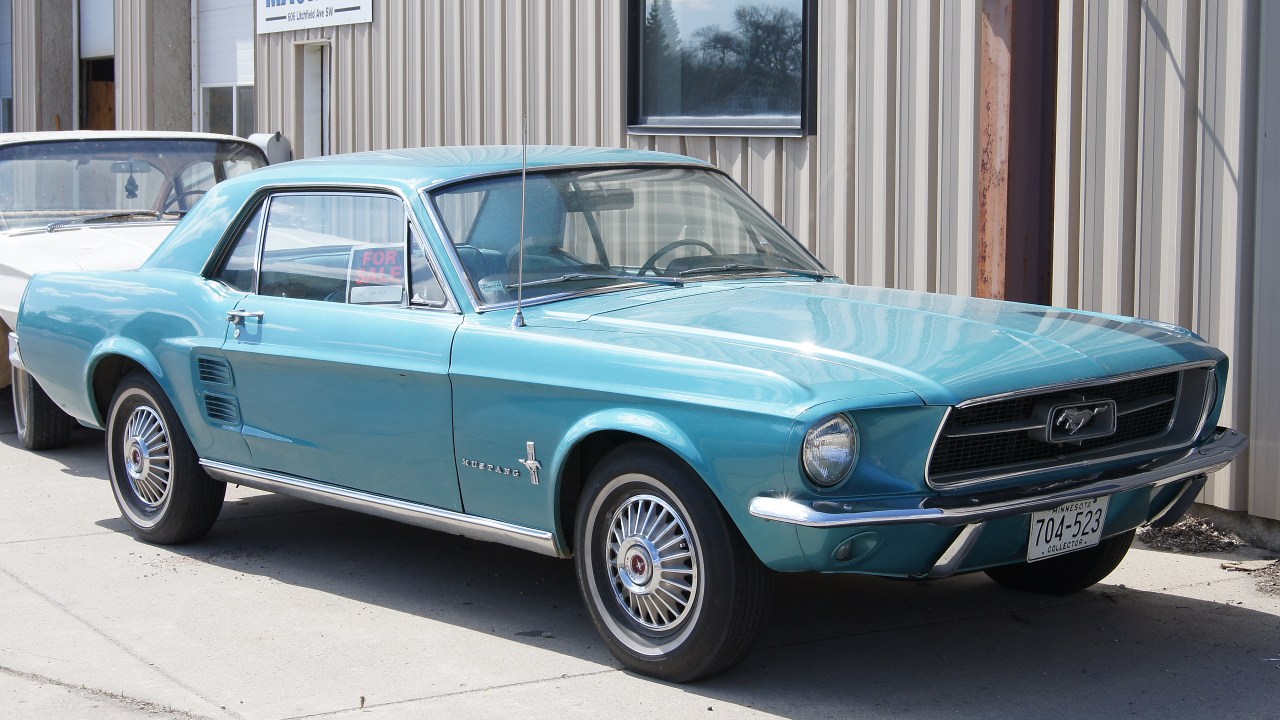
Car antennas have come a long way since their inception. In the early days of automotive design, antennas were often bulky and not particularly efficient. As car radios became a standard feature, the need for reliable signal reception prompted manufacturers to explore various antenna designs. This led to the classic fender-mounted antenna, which became popular due to its practicality and performance.
Automotive trends and technological advancements played a significant role in the evolution of antenna placements. During the mid-20th century, as car design became more streamlined, the placement of antennas on the fender became a logical choice. This was not only due to functional reasons but also because it complemented the sleek lines of cars from that era. As technology advanced, antenna designs shifted from simple rods to more sophisticated telescopic and retractable models, reflecting the changing landscape of car audio and communication systems.
The evolution of antennas continued with the development of alternative placements, such as roof-mounted or integrated designs. However, the fender-mounted antenna remained a staple for many years, thanks to its proven track record in terms of performance and reliability.
Functional Benefits of Fender-Mounted Antennas
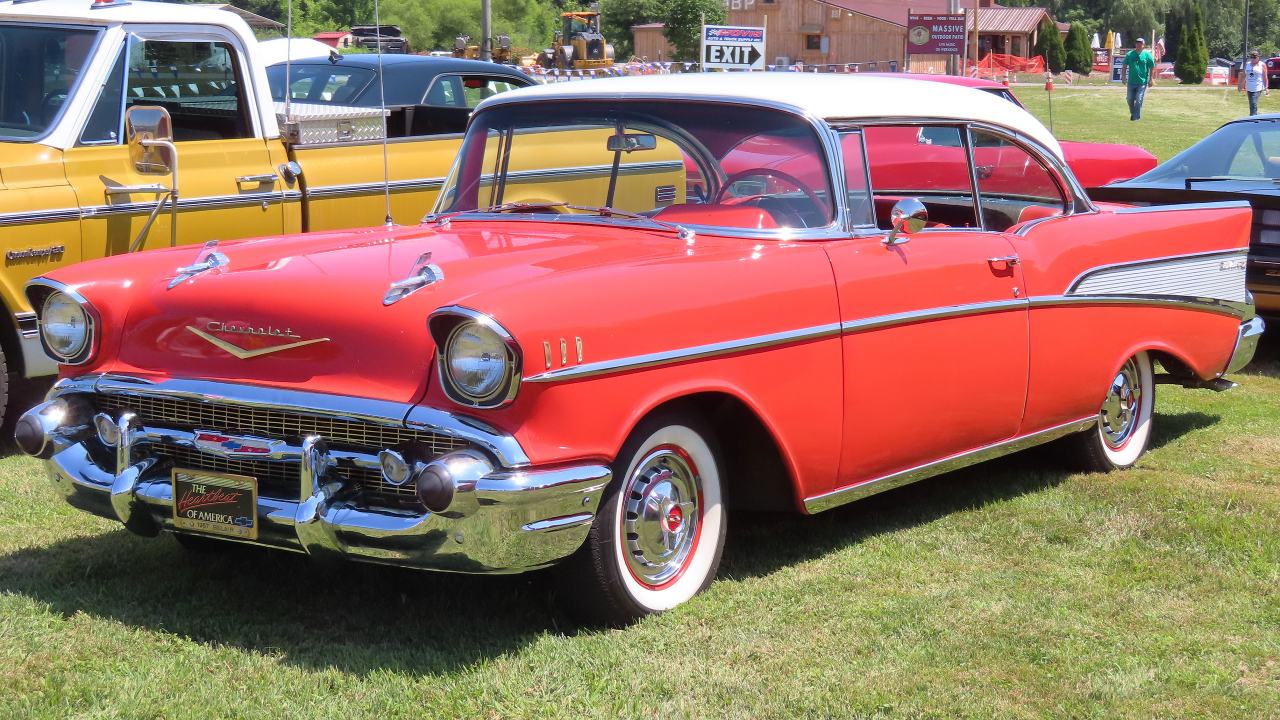
The decision to place antennas on the fender was not merely a stylistic choice; it was grounded in functionality. One of the primary reasons for this placement was the superior signal reception quality it offered. By positioning the antenna away from the engine and other electronic components, fender-mounted antennas minimized interference, ensuring clearer radio reception. This was particularly important in an era when AM and FM radio were the primary sources of in-car entertainment.
Another advantage of fender-mounted antennas was their ease of access for maintenance. Unlike antennas integrated into the bodywork or windshield, fender-mounted versions could be easily replaced or repaired if damaged. This practical benefit was especially relevant in a time when car owners often performed their own maintenance. Furthermore, by being placed on the fender, antennas were less likely to be obstructed by the car’s structural elements, which could hinder performance.
During their heyday, fender-mounted antennas played a crucial role in enhancing the overall audio experience in vehicles. They allowed drivers and passengers to enjoy a wider range of radio stations, contributing to a more enjoyable driving experience.
Aesthetic Considerations and Design Trends
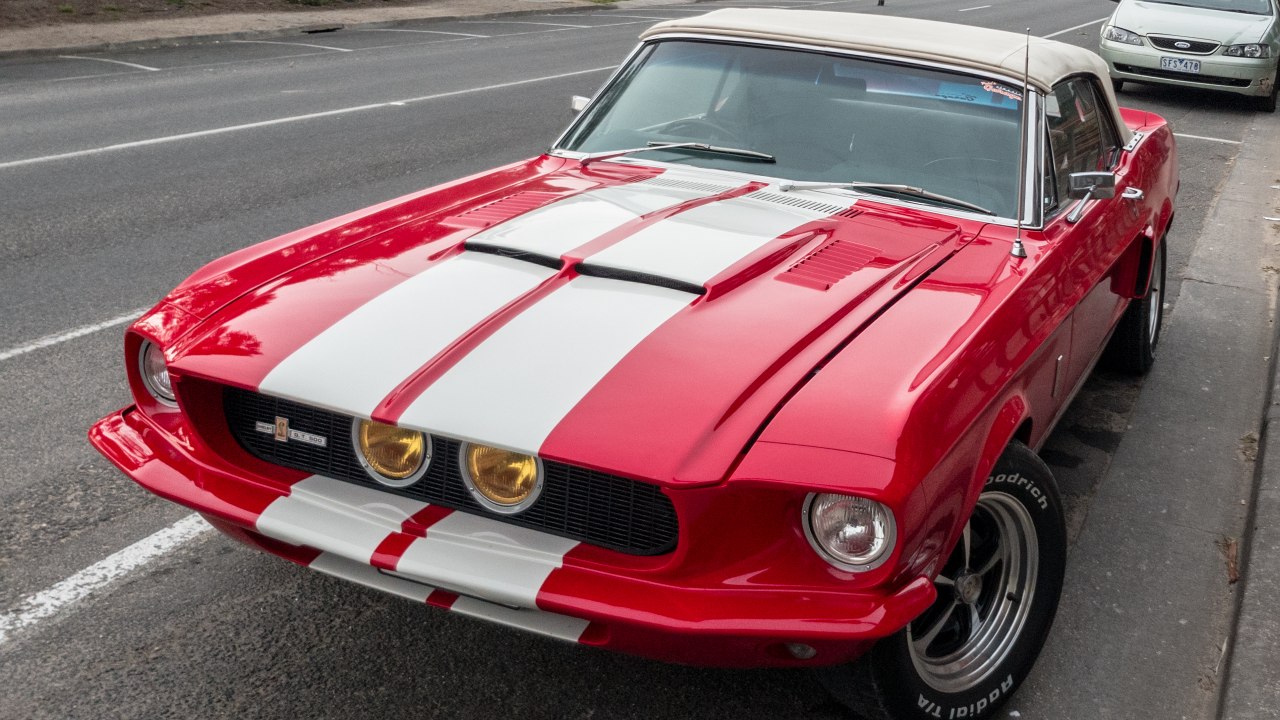
Beyond their functional benefits, fender-mounted antennas also became a stylistic feature, reflecting the design sensibilities of different automotive eras. In the 1950s and 1960s, car design was all about bold, expressive lines, and the visible antenna became part of this aesthetic. It added a sense of modernity and sophistication to the vehicle, aligning with the futuristic design trends of the time.
The placement of antennas on the fender contributed to a car’s unique appearance. For many, a visible antenna was a status symbol, representing a modern, well-equipped vehicle. This cultural perception was further reinforced by car manufacturers who used antennas as a design element, sometimes incorporating them into the overall bodywork to create a cohesive look. The influence of fender-mounted antennas on car design is still evident today in the realm of classic car restoration. Enthusiasts often seek to maintain the original appearance of their vehicles, including the iconic fender-mounted antenna, as seen in the restoration of classic models like the Shelby GT500.
Challenges and Drawbacks
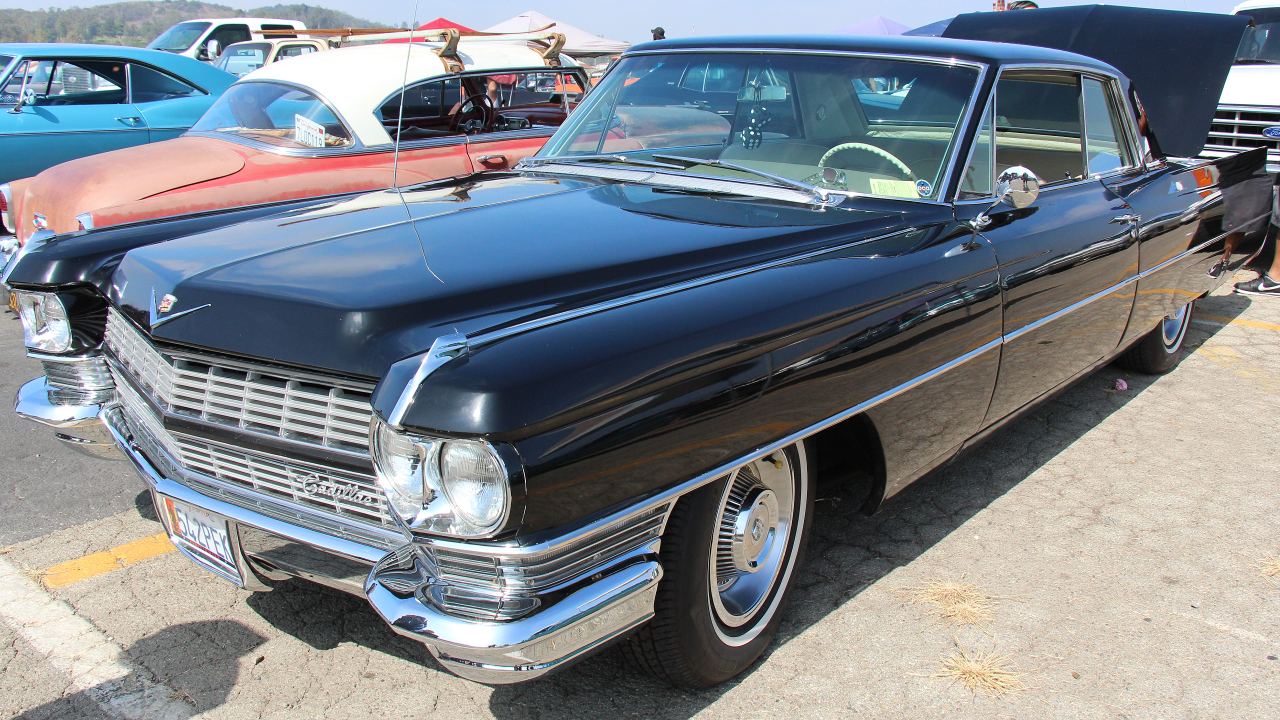
Despite their many benefits, fender-mounted antennas were not without their challenges. One of the most common issues was their susceptibility to damage from external elements such as weather and car washes. The exposed position made them prone to bending or breaking, leading to costly repairs or replacements. Moreover, as car designs became more aerodynamically focused, the protruding antenna was seen as a potential hindrance to performance and fuel efficiency.
The shift towards alternative antenna placements was driven by advancements in technology and changing consumer preferences. Modern cars often feature antennas integrated into the bodywork or hidden within the vehicle’s structure, offering a cleaner look and improved aerodynamics. This transition was also influenced by the desire for a more streamlined design, free from external components that could detract from the vehicle’s overall aesthetic.
Environmental and aerodynamic considerations further contributed to the decline of fender-mounted antennas. As car manufacturers sought to improve fuel efficiency and reduce drag, the traditional antenna design was replaced by more innovative solutions.
The Legacy and Modern Innovations

The legacy of fender-mounted antennas is still felt today, as they have left a lasting impact on car design and technology. While modern vehicles have largely moved away from this design, the principles behind fender-mounted antennas continue to influence contemporary antenna systems. Manufacturers now incorporate advanced technology to ensure optimal signal reception without compromising on design.
Modern car manufacturers have drawn inspiration from past designs while integrating cutting-edge technology. Today’s antennas are often multi-functional, supporting not just radio reception but also GPS, Bluetooth, and cellular communication. This evolution reflects a broader trend in the automotive industry, where form and function are seamlessly combined to meet the demands of modern drivers.
Nostalgia and the popularity of classic car restoration have also played a role in preserving the charm and functionality of fender-mounted antennas. Enthusiasts and collectors often go to great lengths to restore their vehicles to their original glory, antenna included.
Like Fast Lane Only’s content? Be sure to follow us.
Here’s more from us:
*Created with AI assistance and editor review.

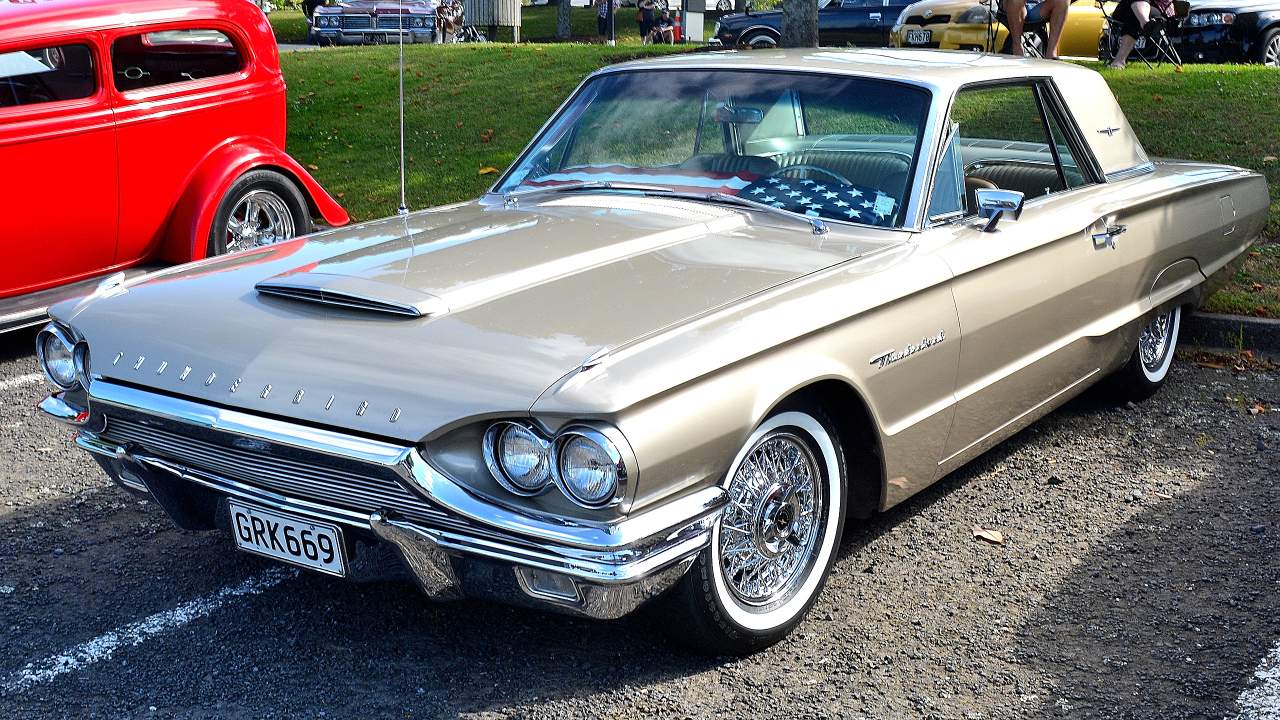



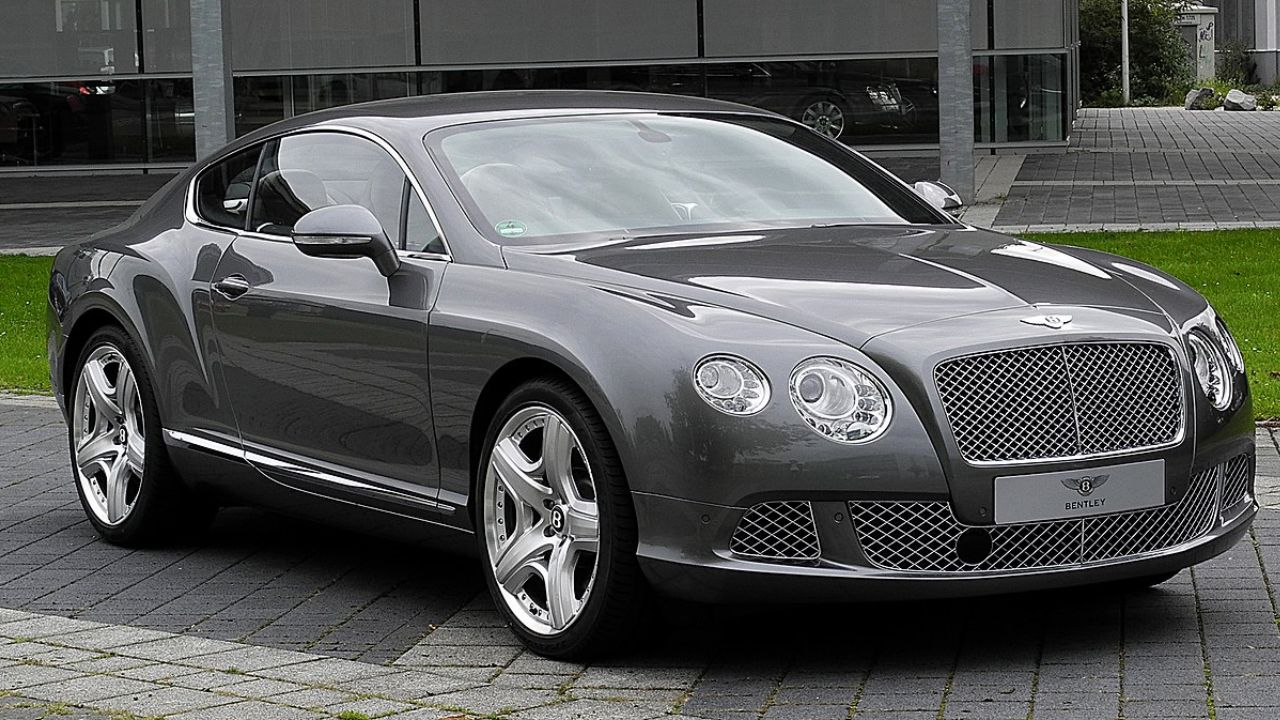

Leave a Reply